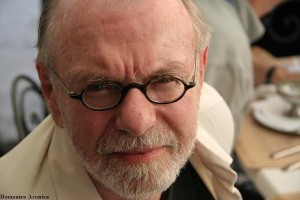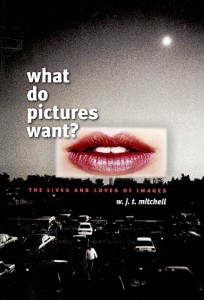This division between art objects and mere, unredeemed objecthood, between art and nonart, has a deep connection, I want to argue, with the rhetoric of empire and colonization. It is not merely that notions of art arise spontaneously within a culture and then are tested or contested when that culture is involved in an imperial or colonial encounter. The very notion of art as a distinctive category of objects (and the category of objecthood more generally) is forged in the colonial encounter. To put the point in the most emphatic terms, my claim is that both art and objecthood are imperial (and imperious) categories, and that aesthetics as a quasi-science of artistic judgment is a separation of the redeemed from the damned, the purified from the corrupt and the degraded object. As an imperial practice, aesthetics enlists all the rhetorics of religion, morality and progressive modernity to pass judgment on the “bad objects” that inevitably come into view in a colonial encounter.
What Do Pictures Want? by W.J.T. Mitchell
First, the issue original and copy entailed in “reproducibility.” Benjamin famously argued that the advent of photographic copies was producing a “decay of the aura” – a loss of the unique presence, authority, and mystique of the original object. Biocybernetic production carries this displacement of the original one further step, and in doing so reverses the relation of the copy to the original. Now we have to say that the copy has, if anything, even more aura than the original. More precisely, in a world where the very idea of the unique original seems a merely nominal or legal fiction, the copy has every chance of being an improvement or enhancement of whatever counts as the original. The digital reproduction of sounds and visual images, for instance, need not involve any erosion of vividness or life-likeness, but can actually improve on whatever original material it starts with. Photographs of artworks can be “scrubbed” to remove flaws and dust; in principle, the effects of aging in an oil painting could be digitally erased, and the work restored to its pristine originality in a reproduction. Of course this would still constitute a loss of the aura that Benjamin associated with the accretion of history and tradition around an object; but if aura means recovering the original vitality, literally the ‘breath” of life of the original, then the digital copy can come closer to looking and sounding like the original than the original itself. And the miraculous programming framework of Adobe Photoshop even preserves the “history” of transformations between original and copy so that any transformations can be reversed.


